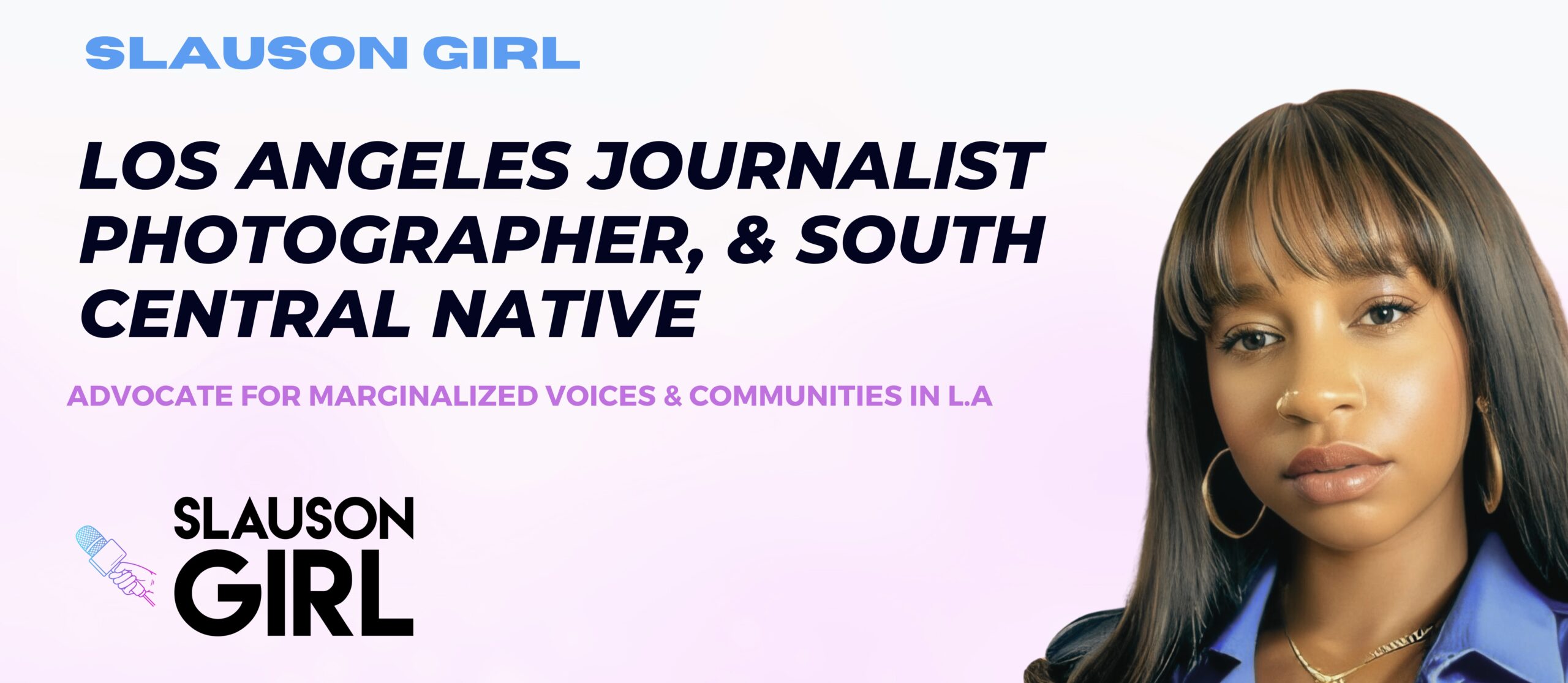Three years after the 1965 Watts Riots, Joe Saltzman’s documentary Black on Black aired on CBS. According to Saltzman, it was not until the riots that his documentary was considered by producers.
“When I was working in the CBS-Channel 2 newsroom in Los Angeles in 1965, I wanted to do a documentary on what it was like to be an African-American living in an urban ghetto. So I put in one proposal after another to the news director urging him to let me do this documentary. He kept saying the time wasn’t right. I talked so much about it that it was re- ferred to by some of my colleagues at CBS as “Saltzman’s N—– Project.”
Then the so-called Watts riots broke out shocking everyone in the country. It was one thing to watch rioting in the South and the North, but most people – even African-Americans in other parts of the country — could not under- stand why blacks would riot in Los Angeles.”
Saltzman should be applauded for his journalistic efforts at a time when Black people were rarely shown on television, especially exploring their everyday lives.
It is important to note the discrimination Black people experienced nearly a century after slavery, which locked us out of white institutions including jobs and universities.
This resulted in us being not only absent on television but rarely hired at newsrooms during that time.
It was not until the 1964 Civil Rights Act which forced institutions to allow Blacks in their establishments. Over 50 years later, these same institutions make sure Blacks access is limited.
Read More: ‘CBS Has a White Problem’: Executive Blasts Toxic Culture at Network in Explosive Letter
“The news cameraman and soundman who were assigned to the program were among those newsmen who had to run for their lives during the Watts Riots when a mob set fire to their CBS camera truck. They didn’t want any- thing to do with this project. I remember taking the cameraman and sound- man to Gardena for lunch every shooting day so they could spew their racial hatred and then order them to keep their mouths shut when we went back into the ghetto.
It was emotionally very difficult to be in the middle of such hatred – from the camera crew against blacks, and from the blacks against whites,” (IJPC.org)
A person who is a true journalist at the core–no matter their ethnicity–always understands when there is a story to be told. Saltzman knew that is was important to document Black life during a time when many would not.
“I judged the success of the documentary not on how many awards it won or how good the critical notices were, but on its acceptance in the black community,” described Saltzman at the 40th anniversary screening of Black on Black,” (USC Annenberg).
Video: USC Annenberg Youtube



